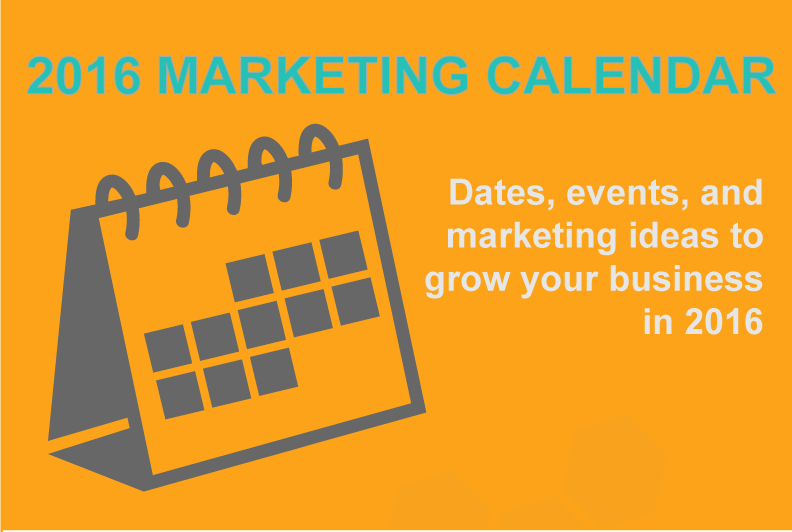
Online marketing evolves quickly. Every year brings new hardware, new software and new user preferences. In order to develop a successful online marketing strategy, companies need to stay up-to-date on the latest trends. Those that can identify the next big thing — as opposed to investing resources into the next big flop — have a decided advantage over their competition in reaching new markets and further establishing their reputation and expertise. Meanwhile, those who wait or are gun shy about adopting new strategies miss out on the full benefit of these opportunities.
As the 2015 comes to an end, it’s important that your company is primed to take advantage of the seven trends gearing up to take online marketing to the next level in 2016.
1. More video ads.
Video ads aren’t new, but they’ll be even more dominate in 2016. For one, Facebook and Bing have started offering video options to advertisers. More importantly, Google now includes video content in its search engine algorithm. This is a significant step for online video ads, because it shows users are finally accepting their existence and businesses are discovering their effectiveness.
2. Outbreak of apps.
In April when Google changed its algorithm to reward mobile friendly websites, it began using information from indexed apps as a factor in search rankings. Since then, app indexing — which drops app content into Google mobile search results — has taken off. Business owners are slowly catching on, particularly because apps are more responsive to individual users and can be more convenient. While mobile websites aren’t going anywhere just yet, 2016 will be a turning point in the adoption of apps by business owners.
3. Mobile’s continued dominance over desktop.
Mobile usage will completely eclipse desktop usage in 2016. Mobile usage surged in 2015, thanks in part to Google’s decision to include a site’s mobile-friendliness in its search engine rankings. While desktop traffic won’t disappear entirely, Google is obviously anticipating that mobile traffic will dominate. It’s already happening: this year, more people used mobile search than web search in 10 different countries.
4. New optimization strategies.
In the past, most online marketing strategies have relied on search engine optimization (SEO) and pay-per-click (PPC) advertising. Now, digital assistants such as Siri and Cortana can be optimized to answer consumers’ questions. In 2016, more and more business owners will be looking to ensure their business details can be easily found via virtual assistant rather than simply listing the information on the web.
5. The emergence of virtual reality.
Dozens of virtual reality devices are scheduled to launch in the next couple years. Some are built for specific applications like video games, while others are designed for more general use such as Oculus Rift, the highly anticipated virtual reality head-mounted display headset slated to launch within the first quarter of 2016. The popularity of Oculus Rift and other such VR devices will usher in an entirely new form of online advertising that connects popular social media platforms, video channels and even direct messaging.
6. The adoption of wearable technology.
Wearables will continue to gain momentum in 2016. The Apple Watch, a first generation smartwatch, was released this year and competing smartwatches are scheduled to launch in 2016. Internationally, consumer uptake of wearables is expected to grow 35 percent per year between 2015 and 2019, which will have a large impact on marketing strategies. Because the devices’ screens are so small web and app content should be shorter, favoring a “listicle” format over a traditional article format. Wearables also require online marketers to think about how to best provide “on-the-go” information, as well as create content that is easily searchable via voice commands.
7. Increased advertising investment.
Over the past few years online marketing has grown more competitive, a trend that will continue in 2016. Companies are expected to spend $10 billion more on all areas of digital marketing than they did in 2015.
These aren’t the only trends we’ll see in 2016, but they are the ones poised to have the biggest impact. As the old saying goes, “The early bird gets the worm.” Companies should think about how they can integrate these trends into their marketing strategies now, as opposed to halfway through 2016.
Written by: Matei Gavril Source: Entrepreneur
